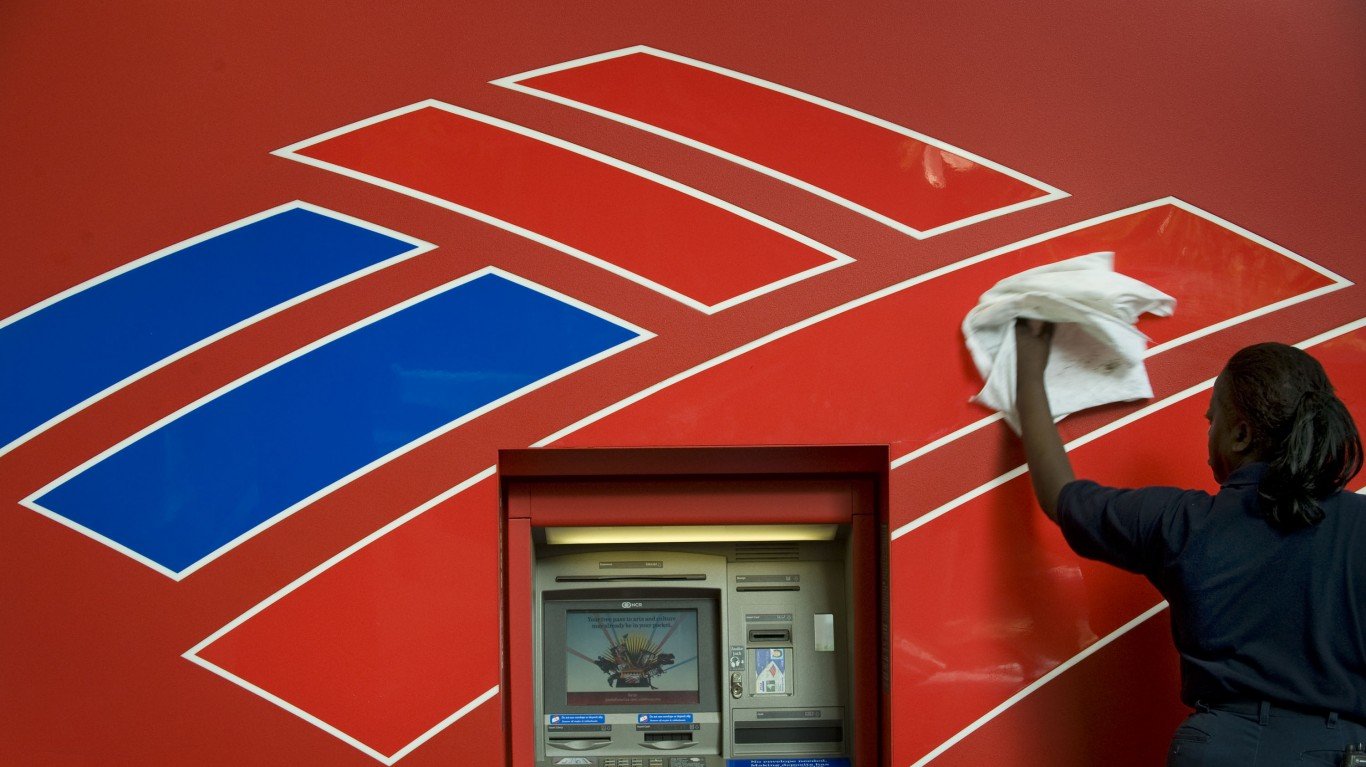

Premarket action on Thursday had the three major U.S. indexes trading mixed. The Dow Jones industrials were up 0.19%, while the S&P 500 was down 0.37% and the Nasdaq 0.54% lower.
Eight of 11 market sectors closed lower again on Wednesday. Utilities (−1.72%) and real estate (−1.49%) gave up the most. Energy (1.94%) and materials (0.68%) posted the biggest gains. The Dow closed up 0.02%, the S&P 500 down 0.47% and the Nasdaq down 0.66%.
Two-year Treasuries closed up eight basis points at 4.89% on Wednesday, and 10-year notes rose by nine basis points to close at 4.01%. In Thursday’s premarket, two-year notes were trading at around 4.88% and 10-year notes at about 4.03%.
Oil traded up by 0.8% Wednesday but traded down by 0.7% early Thursday at $78.24. The oil inventory report for last week indicated another rise of 1.7 million barrels, smaller than the two previous weekly reports but large enough to weigh on crude prices during the day. Prices spiked higher by about $1.00 overnight as traders continue loading up to meet expected strong demand from China. A Wednesday report on Chinese manufacturing showed that February’s activity reached a 10-year high, as the country’s economy recovers from the pandemic lockdowns that were only lifted in January.
Wednesday’s trading volume was above the five-day average, and New York Stock Exchange losers outpaced winners by 1,702 to 1,333. Nasdaq decliners led advancers by about 5 to 4.
Among S&P 500 stocks, First Solar Inc. (NASDAQ: FSLR) added 15.69% on Wednesday, after posting a smaller-than-expected loss per share and a robust forecast for 2023 operating income of between $745 million and $870 million, well above the Wall Street estimate of $700 million. First Solar is about to get a big boost from renewable energy funding included in the Inflation Recovery Act.
Shares of home improvement retailer Lowe’s Companies Inc. (NYSE: LOW) fell by 5.56% after the company reported quarterly results that beat the earnings per share estimate but missed on revenue. Revenue guidance for the company’s 2024 fiscal year was slightly lower than expected, and the outlook for same-store sales was no better than flat year over year.
CEO Elon Musk and a parade of company executives took the stage Wednesday for Tesla Inc.’s (NASDAQ: TSLA) investor day festivities. As expected, Tesla announced that a new Gigafactory is going to be built in Monterrey, Mexico, where the company plans to build a new electric vehicle (EV) at a lower price than current Tesla models. Musk said that Tesla needs to solve its “affordability” problem, and that’s what the plant in Mexico and the new EV are intended to do.
Musk also noted that the company was unsure about the price elasticity of demand for Tesla vehicles. He commented, “We found that even small changes in price have a big impact on demand — very big.” Demand soared in China, according to Tom Zhu, head of Tesla’s China operations, generating “huge demand, more than we can produce really.”
Tesla stock dropped 5% in after-hours trading and traded down nearly 6% in Thursday’s premarket. Analysts were not thrilled by the lack of specificity about the delivery date and price for the new model. The factory is expected to begin production late next year, and the new vehicles would hit the road in 2025.
An even worse report came after markets closed Wednesday from Silvergate Capital Corp. (NYSE: SI). The so-called cryptocurrency bank filed a report with the U.S. Securities and Exchange Commission saying that the company was unable to file its annual report on time. Silvergate is working hard it said, but will not be able to meet the March 16 deadline. The company noted:
[Silvergate Capital] also needs additional time to allow its independent registered public accounting firm to complete certain audit procedures, including review of adjustments not yet recorded and the evaluation of the effectiveness of the Company’s internal control over financial reporting.
Then the situation gets worse. The unaudited results Silvergate issued in January are going to get worse, a lot worse:
The Company sold additional debt securities in January and February 2023 and expects to record further losses related to the other-than-temporary impairment on the securities portfolio. These additional losses will negatively impact the regulatory capital ratios of the Company and the Company’s wholly owned subsidiary, Silvergate Bank (the “Bank”), and could result in the Company and the Bank being less than well-capitalized. In addition, the Company is evaluating the impact that these subsequent events have on its ability to continue as a going concern for the twelve months following the issuance of its financial statements.
The “going concern” part of the filing had the stock trading down by more than 30% in Thursday’s premarket.
Sponsored: Attention Savvy Investors: Speak to 3 Financial Experts – FREE
Ever wanted an extra set of eyes on an investment you’re considering? Now you can speak with up to 3 financial experts in your area for FREE. By simply
clicking here you can begin to match with financial professionals who can help guide you through the financial decisions you’re making. And the best part? The first conversation with them is free.
Click here to match with up to 3 financial pros who would be excited to help you make financial decisions.
Thank you for reading! Have some feedback for us?
Contact the 24/7 Wall St. editorial team.
 24/7 Wall St.
24/7 Wall St.


